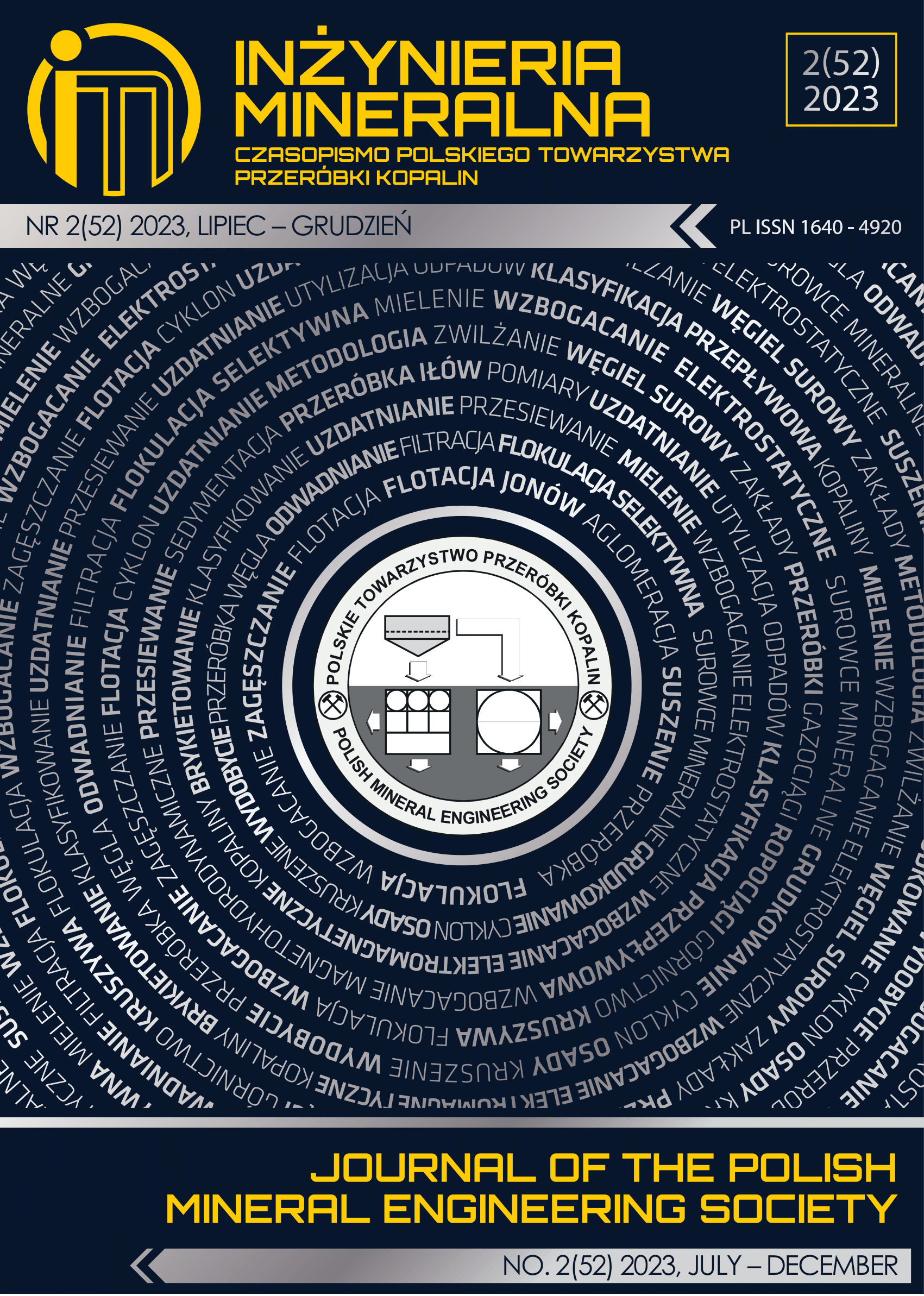Investigation of Marine Sediments with a Sub-bottom Profilers System in West Coast of Camau, Vietnam
Abstract
The west coast of Camau (Southeast Vietnam) connects two semi-enclosed East Sea and Thailand Bays, allowing water exchange
between them. Despite its importance to the oceanographic evolution of the region, it has still been poorly studied. Therefore, Subbottom
profilers are used across shallow sea waters with some applications, such as sea-level studies, sedimentation process and
geomorphology. In the whole survey area, 6 high-resolution shallow seismic measurements have been performed with a total length
of 60.6 km, and all have recorded good reflected signals in the range 20–70 ms. In this section, physical characteristics and nature of
petrology in the survey environment are quite uniformly shown. The topography of the seabed in the survey area tends to be gradually
shallower from west to east, and is relatively flat. Particularly, on the cross section of the T1 line, it is visible that the first section of
the line has a rather steep and deep terrain, which may be the slope of the continental shelf in the survey area. Wedge-shaped, oblique,
corrugated and transverse structures all appear on the cross-sections. In the survey area, the shallow geological structure in the
Holocene sediments is divided into 4 layers, and the structural boundary between the Holocene and Pleistocene sediments at the depth
of 25–35 m is observed. In addition, geological faults are also detected on geological sections from seismic sections. For instance, at
the section of T6 line, two faults were detected at the beginning of the line. The displacement amplitude of these faults ranges between
1.5–4 m. This new dataset will contribute to future comprehension of the geologic and oceanographic evolution.
Copyright (c) 2023 Quang DUNG NGUYEN,GIANG NGUYEN Van,LE Ngoc THANH

This work is licensed under a Creative Commons Attribution-ShareAlike 4.0 International License.
This journal permits and encourages authors to post items submitted to the journal on personal websites or institutional repositories both prior to and after publication, while providing bibliographic details that credit, if applicable, its publication in this journal.







.png)
